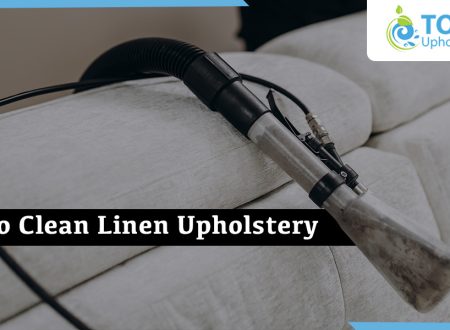As you embark on the upholstery cleaning journey, understanding the intricacies of drying time is crucial for maintaining the aesthetics and longevity of your furniture. Let’s delve deeper into the factors affecting drying time, the cleaning process, and practical tips for faster drying.
Factors Affecting Drying Time
The drying duration is influenced by various factors, making it a personalized experience for each piece of furniture. The type of fabric and padding, the cleaning method used, and environmental conditions all play a significant role. For instance, delicate fabrics may require more time, and humid conditions can prolong the drying process.
The Upholstery Cleaning Process
To comprehend drying time, it’s essential to understand the cleaning process. From pre-inspection to post-cleaning techniques, each step contributes to the overall time required. A meticulous approach ensures thorough cleaning, setting
the stage for optimal drying. Pre-inspection helps identify specific challenges, while the actual cleaning method—whether steam cleaning, dry cleaning, or other techniques—impacts the moisture introduced to the upholstery.
Upholstery Drying Time After Cleaning
The general timeframe for upholstery drying varies, but patience is key. On average, it may take anywhere from a few 6 hours to 24 Hours. Factors such as fabric thickness, cleaning method, and environmental humidity contribute to this timeline. Understanding these elements prepares you for the waiting game, allowing you to plan accordingly.
Importance of Proper Drying
Proper drying isn’t just about convenience; it’s crucial for preventing mold and mildew growth. Inadequate drying can compromise the integrity of the fabric and lead to unpleasant odors. Taking the time to ensure thorough drying safeguards your investment and promotes a healthy living environment.
Tips for Faster Drying
Eager to reclaim your furniture sooner? Consider practical tips such as ensuring adequate ventilation in the room, using fans or dehumidifiers, and harnessing the natural power of sunlight. These measures can expedite the drying process without compromising the quality of the results.
You can also take help of Professional Upholstery Cleaner like Toms Upholstery Cleaning in Melbourne. Get in touch with them on 1300 068 194 to book an appointment.
Common Upholstery Types and Drying Times
Different upholstery materials come with distinct drying requirements. Leather, for instance, may dry faster than thicker fabrics like velvet. Understanding these nuances allows you to tailor your expectations and care routine to the specific needs of your furniture.
DIY vs. Professional Cleaning
Is there a significant difference in drying time between DIY and professional cleaning? While DIY methods are cost-effective, professional services often utilize advanced equipment and techniques, potentially reducing drying times. Exploring the factors contributing to these variations helps you make an informed decision based on your priorities and the condition of your furniture.
Advanced Drying Techniques
For those looking to expedite the drying process further, exploring advanced techniques can make a difference. Some professional services offer accelerated drying methods, such as using specialized equipment like air movers and industrial-grade dehumidifiers. These tools enhance airflow and moisture removal, significantly reducing drying times. While these services may come at an additional cost, the time saved and the assurance of thorough drying can be well worth the investment.
Monitoring Drying Progress
To ease the anticipation, consider monitoring the drying progress periodically. Gently touch the upholstery surface to gauge its moisture level. If it still feels damp, be patient and allow more time for drying. On the other hand, if it feels dry to the touch, you can start reintroducing cushions or using the furniture cautiously.
Post-Cleaning Care
Once the upholstery is dry, implement post-cleaning care practices to maintain its pristine condition. Regular vacuuming, avoiding spills, and using fabric protectors can contribute to the longevity of your furniture. These proactive measures not only preserve the cleanliness achieved through cleaning but also reduce the frequency and intensity of future cleaning sessions.
Sustainability in Upholstery Cleaning
As environmental consciousness grows, exploring sustainable upholstery cleaning practices becomes essential. Look for eco-friendly cleaning solutions and methods that minimize water usage. Sustainable practices not only contribute to a healthier planet but can also have positive effects on drying times, as excessive moisture can be reduced through efficient and eco-conscious cleaning approaches.
Conclusion
The journey to dry upholstery is a test of patience and prudence. Recap the key points outlined in this guide, emphasizing the importance of allowing ample time for the process to unfold naturally. With a comprehensive understanding of drying factors and proper care techniques, you can enjoy refreshed furniture while preserving its beauty and functionality for years to come.











1 Comment
Comments are closed.